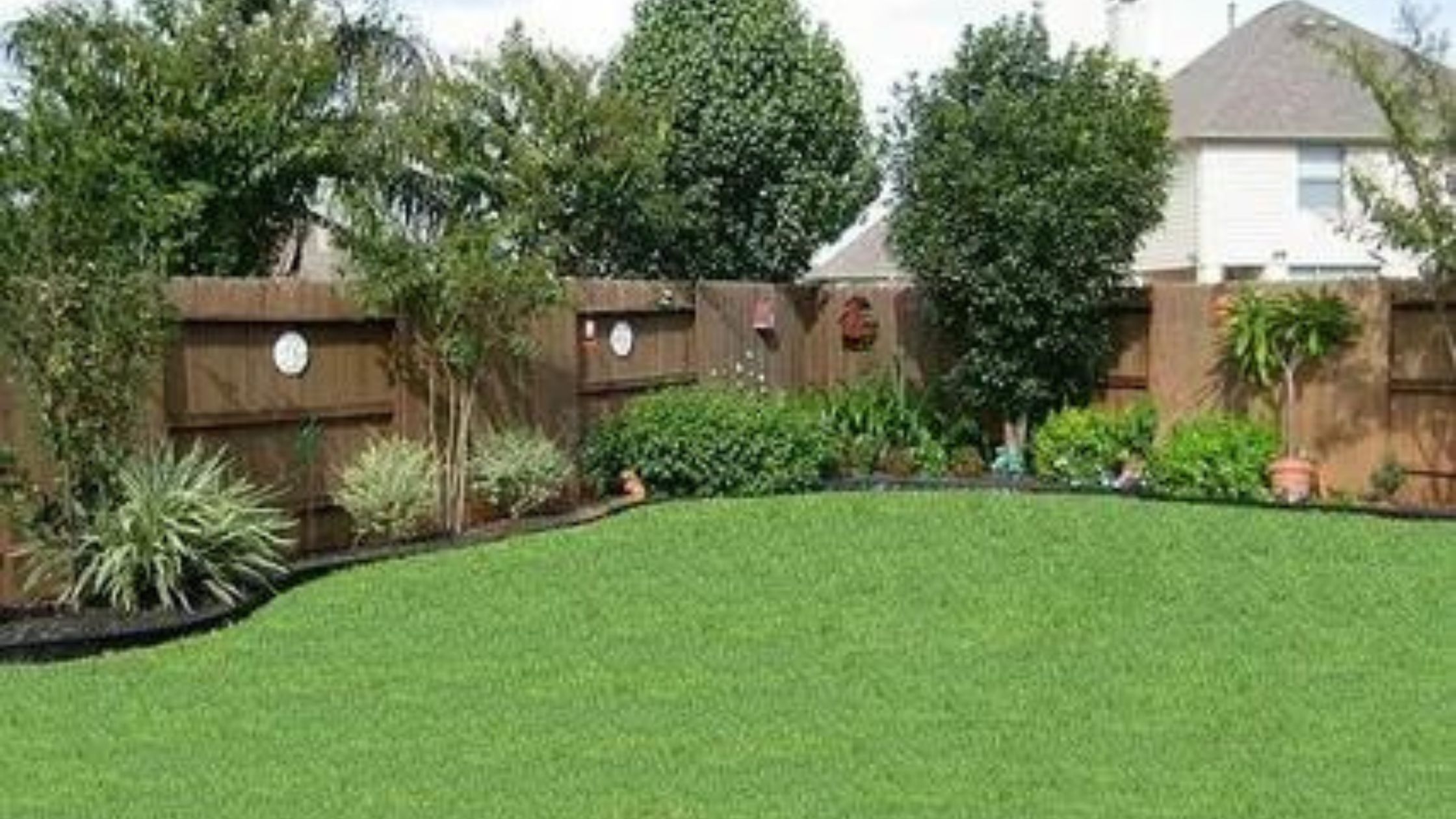Soil preparation is a critical step in landscaping that often determines the success of your garden or outdoor project. Proper soil preparation ensures that plants thrive, landscapes remain healthy, and maintenance efforts are minimized.
Here’s an in-depth look at why soil preparation is so important in landscaping in places like Orange Park and how it impacts various aspects of your outdoor space.
1. Optimizing Plant Health and Growth
Healthy soil provides the necessary nutrients, water, and support for plant roots. Proper soil preparation helps create an optimal environment for root development and plant growth. Key factors include:
-
Nutrient Availability: Well-prepared soil has the right balance of essential nutrients like nitrogen, phosphorus, and potassium, which are crucial for plant health. Testing soil before planting can help determine nutrient levels and guide appropriate amendments.
-
Soil Structure: Loamy soil with good structure ensures that roots have access to air and water. Soil that is too compacted or too loose can hinder root growth and affect plant stability.
2. Improving Water Management
Proper soil preparation affects how well water is absorbed and retained, which is crucial for plant health and for preventing water-related issues:
-
Drainage: Well-prepared soil has good drainage properties, reducing the risk of waterlogging and root rot. Compacted soil can impede drainage and lead to excess water accumulation.
-
Water Retention: Soils that are too sandy may drain water too quickly, while clay soils might retain too much water. A balanced soil structure helps retain adequate moisture for plants while preventing excessive water accumulation.
3. Enhancing Soil Fertility
Soil fertility is essential for growing healthy plants. Preparation involves adding organic matter, such as compost or well-rotted manure, which improves soil fertility by:
-
Increasing Nutrient Content: Organic matter enriches the soil with essential nutrients and enhances its ability to hold and release nutrients to plant roots.
-
Improving Soil Texture: Organic matter improves soil texture, making it more workable and better at supporting plant roots. This also helps in reducing erosion and runoff.
4. Reducing Soil Erosion
Proper soil preparation helps mitigate soil erosion, which can lead to the loss of valuable topsoil and nutrients:
-
Erosion Control: Techniques such as adding ground cover plants, using mulch, and creating terraced garden beds help prevent soil erosion and protect the soil structure.
-
Controlling Runoff: By improving soil infiltration and reducing surface runoff, prepared soil helps prevent erosion and water wastage.
5. Encouraging Beneficial Soil Microorganisms
Healthy soil is home to beneficial microorganisms that contribute to plant health and soil fertility:
-
Microbial Activity: Soil preparation promotes a thriving community of bacteria, fungi, and other microorganisms that help decompose organic matter, enhance nutrient availability, and protect plants from pathogens.
-
Soil Aeration: Loosening the soil through tilling or incorporating organic matter increases aeration, which benefits microbial activity and overall soil health.
6. Minimizing Plant Stress
Proper soil preparation reduces plant stress by providing a stable and supportive growing environment:
-
Root Development: Well-prepared soil allows for easier root penetration and development, which helps plants establish themselves more effectively.
-
Adaptation: Plants growing in well-prepared soil are better able to adapt to changes in weather, pests, and other environmental factors, leading to stronger and more resilient plants.
7. Enhancing Landscape Aesthetics
A well-prepared soil foundation contributes to the overall aesthetic quality of your landscape:
-
Uniform Growth: Even soil preparation ensures uniform growth and appearance of plants, reducing the likelihood of bare spots or uneven growth.
-
Healthy Lawn and Garden: Proper soil preparation supports lush, green lawns and vibrant gardens, enhancing the visual appeal of your outdoor space.
8. Preventing Common Soil Issues
Soil preparation helps address and prevent common soil problems that can hinder plant growth:
-
Compaction: Regularly aerating and loosening soil prevents compaction, which can restrict root growth and water infiltration.
-
pH Imbalances: Soil testing and amendment help correct pH imbalances, ensuring that plants can access essential nutrients effectively.
Conclusion:
Soil preparation is a foundational aspect of successful landscaping that affects plant health, water management, soil fertility, and overall aesthetic appeal. By investing time and effort into proper soil preparation, you create a supportive environment for plants to thrive and ensure a sustainable and beautiful outdoor space. Whether you’re implementing landscape ideas for North Florida or another region, understanding the importance of soil preparation and employing effective techniques will set the stage for a thriving and beautiful outdoor space. Incorporating these soil preparation practices into your landscaping projects can make a significant difference in the health and longevity of your plants.



